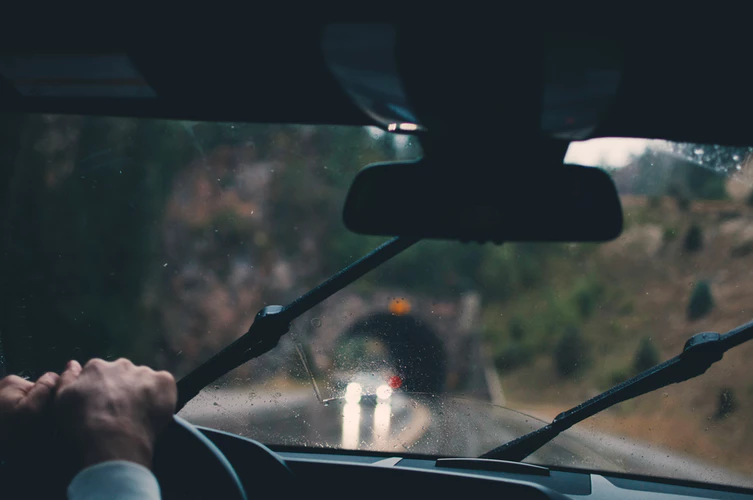Purchasing car insurance isn’t as scary as it seems…but we admit it can be intimidating if you don’t know what you’re looking for. So today we’re going to make things a little easier for you. We’re going to break down the different types of coverages that you may need from a car insurance policy.

For starters, let’s tackle the most basic part of an auto insurance policy.
Liability Coverage – Liability coverage is a mandatory coverage when it comes to car insurance.
This coverage is the part of your car insurance policy that is meant to cover losses for things like injuries in car accidents, as well as damages to other’s property in accidents that are primarily your fault.
Think of medical bills, emergency transport, and reparations to damaged property. These can very easily get out of control without the proper amount of liability coverage to help you.
While you can purchase a cheap auto policy with state minimum liability coverage limits, we highly recommend you don’t cheat yourself. Pay just a little more now, to protect you and your assets in the future.
You can read more about liability coverage here.
The other two forms of coverage you’ll likely hear about when shopping for car insurance are collision and comprehensive (sometimes just shortened to “comp and collision”).
The good news is they aren’t too difficult to understand either.
Take a look:
Collision Coverage – This one is a dead giveaway. This covers damages to your vehicle from a collision with another vehicle or object (such as a telephone pole or guardrail).
Should you drive into a ditch on an icy day, your insurance company may pay for your car repairs if you have collision coverage on the vehicle.
Comprehensive coverage – This is coverage for theft or damage not involving a collision with another car or object. This includes, for example, damages to your vehicle from floods or fallen tree branches.
To generalize, comprehensive coverage is primarily for losses that can be considered random or unpredictable.
This is why deer claims usually fall under comprehensive coverage as well, barring that your vehicle makes physical contact with the deer.
The lines get blurred a bit when you swerve to avoid the deer and instead make contact with something else, like a tree or guardrail. In an instance such as this, you may only be covered if you have collision coverage.
As you can see, there are many scenarios where you would want either or both comprehensive and collision coverages.
We can help you better understand these coverages and construct a policy that is specific to your needs. Just give us a call at (607) 535-6501 or pay us a visit at 219 S Catherine St, Montour Falls, NY.